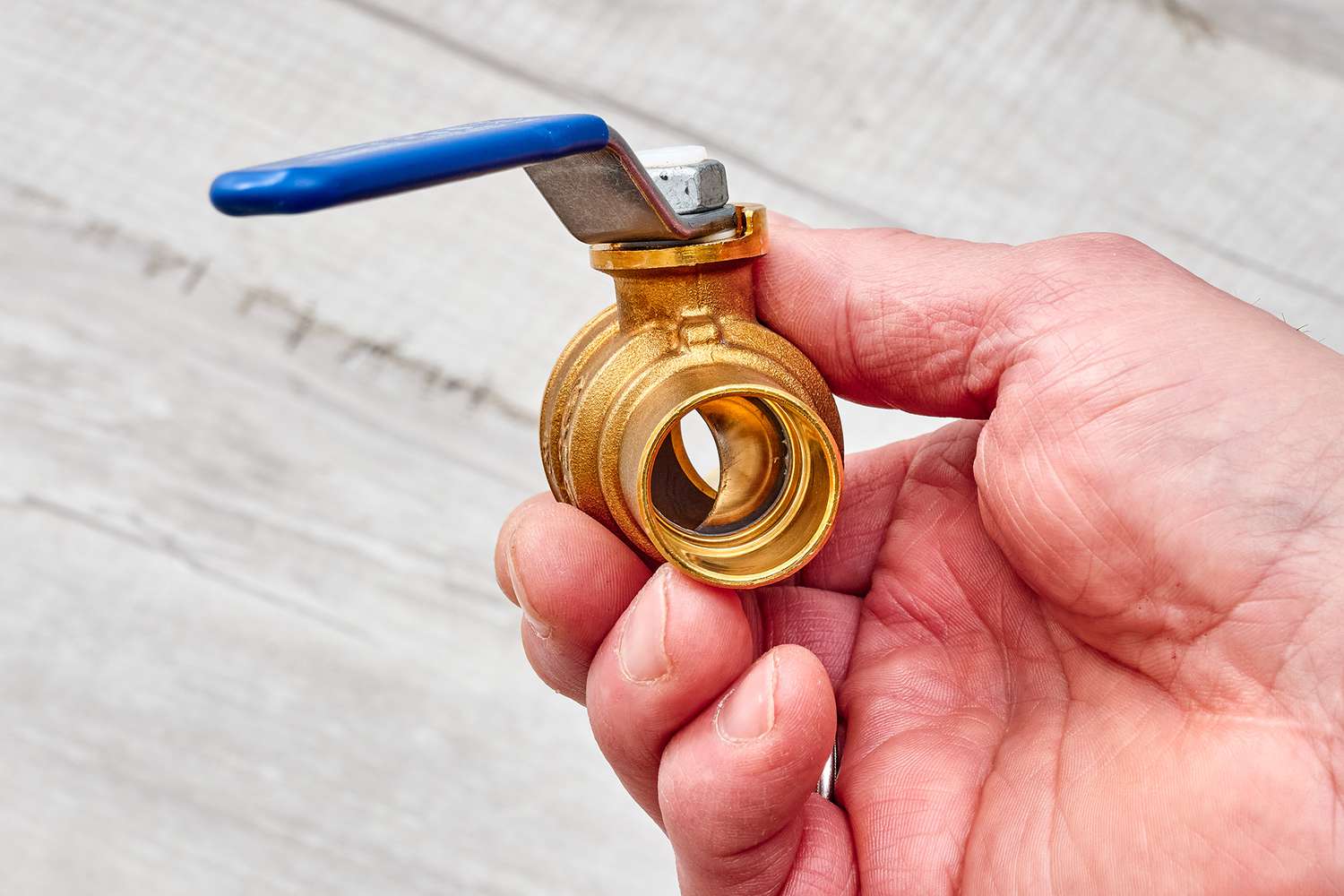

Articles
What Is A Ball Valve In Plumbing
Modified: February 28, 2024
Discover the purpose and functionality of a ball valve in plumbing with our informative articles. Learn how this essential component helps control water flow and prevents leaks.
(Many of the links in this article redirect to a specific reviewed product. Your purchase of these products through affiliate links helps to generate commission for Storables.com, at no extra cost. Learn more)
Introduction
In plumbing systems, valves play a crucial role in controlling the flow of water and other fluids. One type of valve commonly used in plumbing is the ball valve. Its simple yet efficient design makes it a popular choice for regulating the flow of fluid in various plumbing applications.
In this article, we will explore what a ball valve is, its components, how it works, types of ball valves, advantages and disadvantages of using them in plumbing systems, common applications, and maintenance tips. Whether you are a homeowner, a professional plumber, or simply curious about the inner workings of plumbing systems, this article will provide you with a comprehensive understanding of ball valves in plumbing.
Key Takeaways:
- Ball valves offer efficient flow control, excellent shut-off capability, and durability, making them a popular choice for various plumbing applications in residential, commercial, and industrial settings.
- Regular maintenance, proactive care, and adherence to manufacturer’s guidelines are essential for ensuring the longevity and reliable performance of ball valves in plumbing systems.
Read more: What Is A Gate Valve In Plumbing
Definition of a Ball Valve
A ball valve is a type of quarter-turn valve that uses a hollow, perforated, rotating ball to control the flow of fluid through it. The ball inside the valve has a hole, known as the bore, which aligns with the flow path when the valve is in the open position and blocks the flow when it is in the closed position.
Ball valves are typically made of materials such as brass, stainless steel, or PVC, which make them durable and resistant to corrosion. They are available in a range of sizes, from small valves for residential plumbing to larger valves for industrial applications.
One of the distinguishing characteristics of a ball valve is its quick and easy operation. With just a quarter-turn of the handle or lever, the valve switches between the open and closed positions. This simplicity allows for efficient control of fluid flow, making ball valves a preferred choice in many plumbing systems.
The design of a ball valve offers excellent shutoff capability, meaning it provides a tight seal when closed, minimizing the risk of leaks. This feature makes ball valves ideal for applications where leakage control is crucial, such as in water supply lines, irrigation systems, and gas pipelines.
Overall, a ball valve is a versatile and reliable plumbing component that offers efficient flow control and secure shutoff. Its compact design, ease of operation, and durability make it a popular choice for various plumbing applications.
Components of a Ball Valve
A ball valve consists of several key components that work together to control the flow of fluid. Understanding these components is essential for gaining a comprehensive understanding of how a ball valve operates. Let’s explore the main components of a ball valve:
- Body: The body of a ball valve is the outer casing that houses all the internal components. It is usually made of materials like brass, stainless steel, or PVC, depending on the application.
- Ball: The ball is the central component of the valve, and it is responsible for controlling the flow of fluid. It has a round shape with a bore or hole drilled through its center. The ball is designed to rotate within the valve body.
- Seats: The seats are the sealing surfaces located inside the valve body where the ball comes in contact when in the closed position. The seats ensure a tight seal and prevent leakage when the valve is closed. They are typically made of materials like PTFE (polytetrafluoroethylene) or other resilient materials.
- Stem: The stem is the mechanical component that connects the handle or actuator to the ball. When the handle or actuator is turned or rotated, it transfers the motion to the stem, which in turn rotates the ball.
- Handle or Actuator: The handle or actuator is the component used to operate the valve. It can be a lever, a wheel, or a gear mechanism, depending on the size and type of valve. When turned, it rotates the stem, which subsequently rotates the ball to open or close the valve.
- Seals or O-rings: Seals or O-rings are placed at various points within the valve to ensure a tight seal and prevent leakage. They are typically made of rubber or other elastomeric materials, providing flexibility and resilience.
- End Connections: The end connections of a ball valve provide the means to attach the valve to the pipeline or plumbing system. Common types of end connections include threaded, soldered, flanged, or welded connections.
These are the primary components of a ball valve. Each component plays a significant role in the overall functionality and reliability of the valve. Understanding how these components work together is crucial for proper installation, maintenance, and troubleshooting of ball valves in plumbing systems.
How a Ball Valve Works
A ball valve operates on a simple yet effective mechanism that allows for precise control of fluid flow. Understanding how a ball valve works is essential for comprehending its functionality in plumbing systems. Here’s a step-by-step explanation of the working principle of a ball valve:
- Open Position: When the ball valve is in the open position, the handle or actuator is aligned with the pipeline. The ball inside the valve rotates such that the bore or hole in the ball aligns with the flow path. This allows the fluid to pass through the valve without obstruction, enabling unrestricted flow.
- Transition Position: As the handle or actuator is turned or rotated, it starts to move away from the pipeline. At this point, the bore in the ball starts to move out of alignment with the flow path, resulting in a transitional phase where the flow is partially restricted.
- Closed Position: When the handle or actuator is fully rotated away from the pipeline, the ball valve reaches the closed position. The bore in the ball is now perpendicular to the flow path, blocking the fluid from passing through. This creates a secure seal that prevents any leakage or flow of fluid.
The key to the operation of a ball valve lies in the rotation of the ball. When the handle or actuator is turned, it transfers the motion to the stem, which in turn rotates the ball. The rotation of the ball allows for precise control of the fluid flow, enabling the valve to be fully open, partially open, or completely closed.
The design of the ball inside the valve, with its bore aligning or misaligning with the flow path, determines the degree of flow control. In the fully open position, the ball allows for unrestricted flow, while partially closing the valve reduces the flow rate. When the valve is fully closed, the ball blocks the flow entirely, providing a tight seal and preventing any fluid movement.
Overall, the operation of a ball valve is simple and efficient, allowing for quick and precise control of fluid flow in plumbing systems. Its quarter-turn mechanism and reliable sealing make it a popular choice for a wide range of plumbing applications.
Types of Ball Valves
Ball valves come in various types and configurations, each with its own set of advantages and applications. The selection of the right type of ball valve depends on factors such as the intended use, the nature of the fluid being controlled, and the specific requirements of the plumbing system. Here are some common types of ball valves:
- Full Port Ball Valve: Also known as a full bore ball valve, this type of valve has a larger bore size, allowing for maximum flow capacity. Full port ball valves are often used in applications where minimal flow resistance and high flow rates are required.
- Reduced Port Ball Valve: In contrast to a full port valve, a reduced port ball valve has a smaller bore size. This type of valve is suitable for applications where flow capacity is not a primary concern, and space or cost considerations are important.
- Multi-port Ball Valve: As the name suggests, a multi-port ball valve has multiple ports or openings, allowing for the diversion or mixing of fluid flow. These valves can have three or more ports, offering versatile flow control options and enabling system configurations for complex plumbing systems.
- Floating Ball Valve: A floating ball valve has a freely floating ball, which means it is not held in place by the stem or seat. The ball is allowed to move slightly within the valve body, ensuring that the ball comes into full contact with the seat when the valve is closed. This design provides effective sealing and reduces the risk of leakage.
- Trunnion Ball Valve: A trunnion ball valve is designed with an additional mechanical support known as a trunnion. This support system prevents excessive strain on the stem and seat, allowing for better stability and reliable performance under high pressure or larger-sized applications.
- Three-way Ball Valve: A three-way ball valve has three ports and can divert flow between multiple directions. It offers flexibility in routing fluid flow and is commonly used in applications where flow diversion or mixing is required.
These are just a few examples of the types of ball valves available. It’s important to choose the right type of ball valve based on the specific requirements of your plumbing system to ensure optimal performance and longevity.
When installing a ball valve in plumbing, make sure to use the appropriate size for your pipes and choose a valve made of durable materials such as brass or stainless steel for long-lasting performance.
Read more: What Is A Check Valve In Plumbing
Advantages of Using Ball Valves in Plumbing Systems
Ball valves offer numerous advantages that make them a popular choice for plumbing applications. Whether it’s for residential, commercial, or industrial plumbing, here are some key advantages of using ball valves:
- Efficient Flow Control: Ball valves provide quick and precise control of fluid flow due to their quarter-turn operation. This allows for efficient regulation of flow rates, making them ideal for applications that require frequent adjustments or precise control of water or fluid flow.
- Excellent Shutoff Capability: Ball valves offer a tight seal when closed, minimizing the risk of leaks. The ball, when rotated to the closed position, provides a solid barrier that effectively blocks the flow of fluid. This feature is especially important in plumbing systems where leakage control is crucial, preventing costly water waste and potential damage.
- Durability and Corrosion Resistance: Ball valves are typically made of high-quality materials such as brass, stainless steel, or PVC. These materials make them durable and resistant to corrosion, ensuring long-term reliability and performance in various plumbing applications.
- Wide Range of Applications: Ball valves are versatile and suitable for a wide range of plumbing applications. From residential plumbing systems to industrial pipelines, ball valves can handle different types of fluids, including water, gas, oil, and chemicals. Their flexibility allows for use in various industries, including irrigation, water treatment, HVAC systems, and more.
- High Pressure Rating: Ball valves are capable of withstanding high pressure, making them ideal for applications where high-pressure conditions exist. They can effectively handle the demands of plumbing systems with high water or fluid pressure without compromising performance or safety.
- Low Maintenance: Ball valves require minimal maintenance due to their robust design and fewer moving parts compared to other types of valves. This reduces the frequency and cost of repairs or replacements, resulting in fewer disruptions to plumbing systems and overall cost savings.
The advantages offered by ball valves make them a reliable and efficient choice for controlling the flow of fluids in plumbing systems. Whether it’s for residential, commercial, or industrial use, the versatility, durability, and ease of operation make ball valves a popular option for many plumbers and system designers.
Disadvantages of Using Ball Valves in Plumbing Systems
While ball valves offer numerous advantages, there are also a few disadvantages to consider when using them in plumbing systems. Understanding these drawbacks will help you make an informed decision when selecting the appropriate valve for your specific application. Here are some disadvantages of using ball valves:
- Limited Flow Control: Compared to other types of valves, ball valves have a limited range of flow control. They are primarily designed for fully open or fully closed positions, making them less suitable for applications that require precise modulation or throttling of flow rates. Reduced port ball valves provide a partial solution, but they still have limitations compared to other valve types.
- Higher Pressure Drop: Ball valves can generate a higher pressure drop across the valve due to the flow path being obstructed by the ball. This pressure drop can affect the overall efficiency of the plumbing system, especially in applications with higher flow rates or when dealing with viscous fluids. Consideration should be given to the pressure drop when selecting ball valves for specific applications.
- Slower Operation: Compared to other valve types, such as gate valves or globe valves, ball valves have a slower operation due to the need for multiple rotations to fully open or close the valve. This slower operation may not be suitable for applications where quick response times or rapid shut-off are required.
- Size and Weight: In larger sizes, ball valves can be bulky and heavy, which can pose challenges in installations where space is limited. The size and weight of these valves may require additional structural support or specialized installation techniques to ensure proper functionality and system integrity.
- Cost: Depending on the material, size, and design, ball valves can be relatively expensive compared to other types of valves. This higher cost may be a consideration in projects with budget constraints or when a large number of valves are required.
- Risk of Damage from Solid Particles: Ball valves can be susceptible to damage or wear over time when used in plumbing systems with solid particles present in the fluid. These particles can cause erosion, abrasion, or jamming of the ball and seats, leading to leaks or impaired functionality. Regular maintenance and proper filtration systems can help mitigate this risk.
It’s important to carefully weigh these disadvantages against the specific requirements and constraints of your plumbing system before deciding on the use of ball valves. Considering the advantages and disadvantages will help you make an informed choice that ensures optimal performance and reliability.
Common Applications of Ball Valves in Plumbing
Ball valves are widely used in plumbing systems due to their versatility, durability, and efficient flow control. They find numerous applications in various residential, commercial, and industrial settings. Here are some common applications of ball valves in plumbing:
- Water Supply Systems: Ball valves are frequently used in water supply systems, both for residential and commercial buildings. They allow for efficient control of water flow, whether it’s for main water lines, branch lines, or individual fixtures. Ball valves provide reliable shut-off capability and are commonly found in shut-off valves for sinks, toilets, showers, and other plumbing fixtures.
- Irrigation Systems: Ball valves are ideal for controlling the flow of water in irrigation systems. Their quick operation and excellent shut-off capability make them well-suited for managing water distribution to different zones or areas in gardens, agricultural fields, and landscape irrigation systems.
- Hot Water Systems: Ball valves are commonly used in hot water systems, such as in water heaters or boilers. They can handle the high temperatures and pressures associated with hot water circulation, ensuring reliable flow control and minimizing the risk of leaks or damage.
- Gas Supply Systems: Ball valves are also utilized in gas supply systems, such as natural gas or propane pipelines. They provide efficient control of gas flow, allowing for easy shut-off and adjustment of gas supply to appliances, heaters, stoves, or other gas-powered devices.
- HVAC Systems: For heating, ventilation, and air conditioning (HVAC) systems, ball valves are commonly used for flow control and isolation. They enable efficient control of fluid flow in hydronic systems, chilled water circuits, or air handling units, helping to regulate temperature and maintain system functionality.
- Chemical and Industrial Applications: Ball valves are preferred in chemical processing plants, refineries, and industrial environments where the control of corrosive or aggressive fluids is essential. The corrosion resistance and durability of ball valves make them suitable for handling chemicals, acids, solvents, and other aggressive substances.
- Fire Protection Systems: Ball valves are incorporated into fire protection systems, such as sprinkler systems or fire hydrants. Their ability to provide quick shut-off and reliable sealing makes them critical components for controlling the flow of water during fire emergencies.
These are just a few examples of the common applications of ball valves in plumbing. Their versatility, ease of operation, and durability make them a preferred choice in many different plumbing systems, ensuring efficient flow control and reliable performance.
Maintenance and Care of Ball Valves in Plumbing Systems
Proper maintenance and care of ball valves in plumbing systems are essential to ensure their optimal performance, longevity, and reliability. Regular maintenance helps prevent issues such as leaks, corrosion, and malfunctioning. Here are some important maintenance and care tips for ball valves:
- Inspect Regularly: Perform regular visual inspections of the ball valves to check for any signs of leaks, corrosion, or damage. Look for any visible wear or irregularities that may affect the valve’s functionality. Addressing issues promptly can prevent further damage and ensure safety.
- Keep Valves Clean: Clean the external surfaces of the ball valves regularly to remove dirt, debris, and any build-up. Use a non-abrasive cleaner and a soft cloth to avoid scratching or damaging the valve’s finish. Clean valves will operate more smoothly and prevent any potential contamination of the system.
- Exercise Valves Periodically: Move the valves through their full range of motion periodically, especially if they are not used frequently. This helps prevent the valve from seizing or sticking due to sediment or deposits. Cycles of opening and closing the valve ensure it remains operable and maintains its sealing capability.
- Address Leaks Promptly: If any leaks are detected, no matter how minor, address them promptly. Leaks can compromise the efficiency of the plumbing system, lead to wasted water or gas, and potentially cause damage. Check the seals, seats, and O-rings for any wear or damage and replace them as necessary.
- Protect from Freezing: In cold climates, protect exposed ball valves from freezing temperatures. Insulate the valves or install heat trace cables to prevent freezing and potential damage. Frozen valves can crack or fail, leading to leaks and costly repairs.
- Flush the System: Regularly flush the plumbing system to remove any sediment or debris that may accumulate inside the ball valves. Sediment build-up can hinder the smooth operation of the valve and affect its sealing capability. Flushing the system helps maintain optimal performance and prolongs the life of the valve.
- Follow Manufacturer’s Guidelines: Always follow the manufacturer’s guidelines and recommendations for maintenance and care specific to the type of ball valve you are using. Different types of ball valves may have specific requirements, such as lubrication, lubricant type, or inspection intervals. Adhering to these guidelines ensures proper maintenance and avoids voiding any warranties.
By following these maintenance and care tips, you can ensure the longevity and reliable performance of ball valves in your plumbing system. Regular inspections and proactive maintenance will minimize the risk of leaks, extend the lifespan of the valves, and keep your plumbing system operating smoothly.
Read more: What Is A Stop Valve In Plumbing
Conclusion
Ball valves are an integral part of plumbing systems, offering efficient flow control, excellent shut-off capability, and versatility. Their simple yet effective design and reliable performance make them a popular choice for residential, commercial, and industrial plumbing applications.
In this article, we explored the definition of a ball valve, its components, working principle, types, advantages, and disadvantages. We also discussed common applications and provided maintenance tips for ensuring optimal performance and longevity of ball valves in plumbing systems.
Ball valves provide precise control of fluid flow, making them ideal for various applications such as water supply systems, irrigation systems, hot water systems, gas supply systems, HVAC systems, chemical industrial processes, and fire protection systems.
While ball valves offer numerous advantages, such as efficient flow control, excellent shut-off capability, and durability, they do have some limitations. Factors such as limited flow control, higher pressure drop, and slower operation should be taken into account when selecting the appropriate valve for specific plumbing needs.
To ensure the reliable operation of ball valves, regular inspections, cleaning, exercising, and addressing leaks promptly are crucial. Additionally, protecting valves from freezing temperatures and following manufacturer’s guidelines for maintenance and care contribute to their longevity and optimal performance.
In conclusion, ball valves are reliable, durable, and versatile components in plumbing systems. With proper selection, installation, and maintenance, ball valves can provide efficient flow control, ensuring the smooth operation of plumbing systems for years to come.
Frequently Asked Questions about What Is A Ball Valve In Plumbing
Was this page helpful?
At Storables.com, we guarantee accurate and reliable information. Our content, validated by Expert Board Contributors, is crafted following stringent Editorial Policies. We're committed to providing you with well-researched, expert-backed insights for all your informational needs.
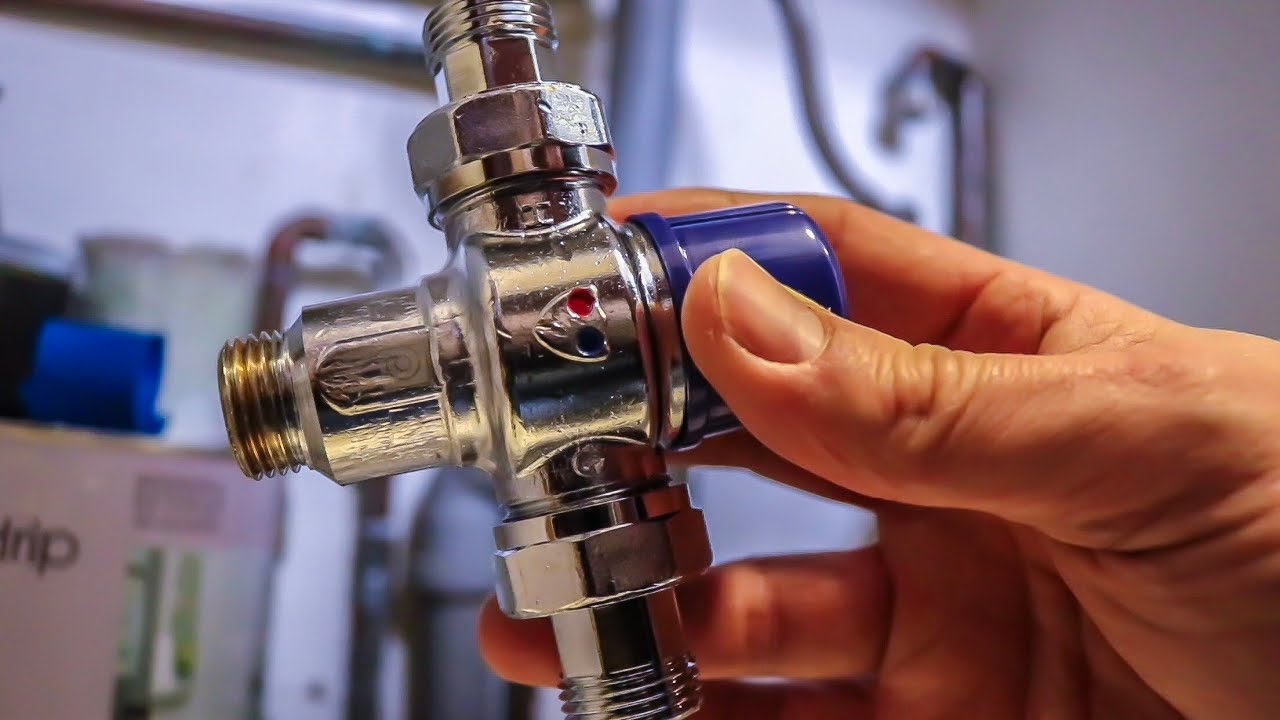
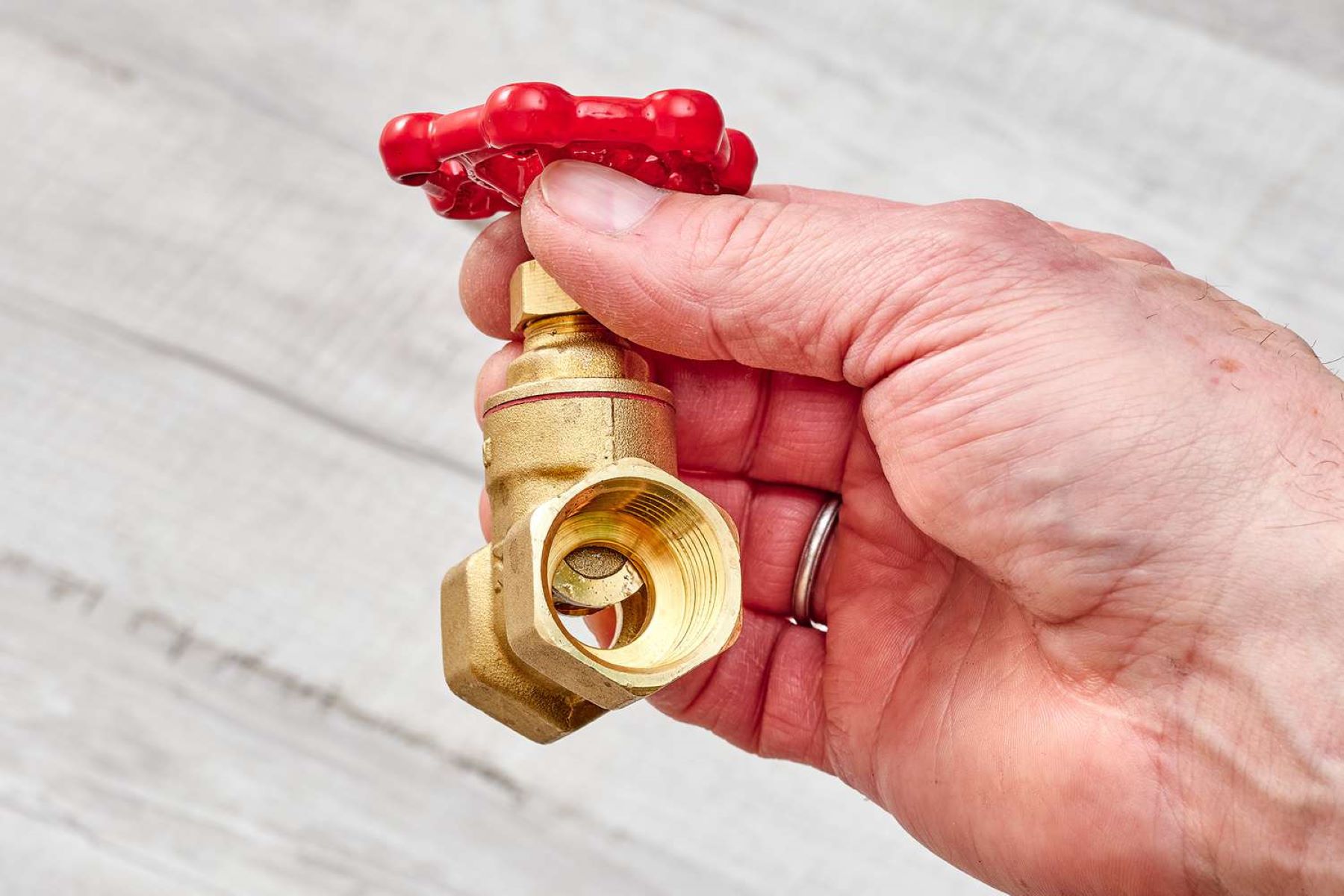
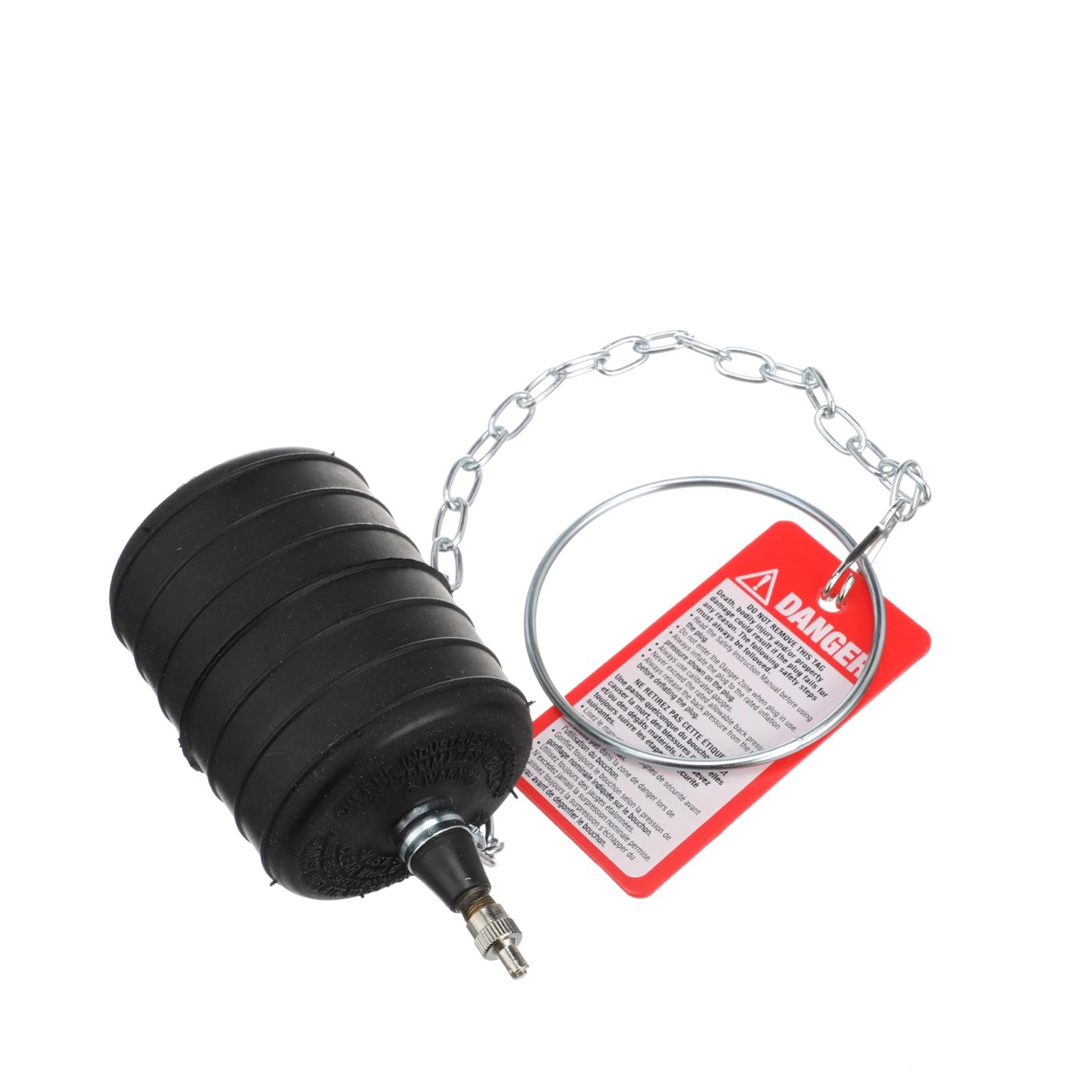
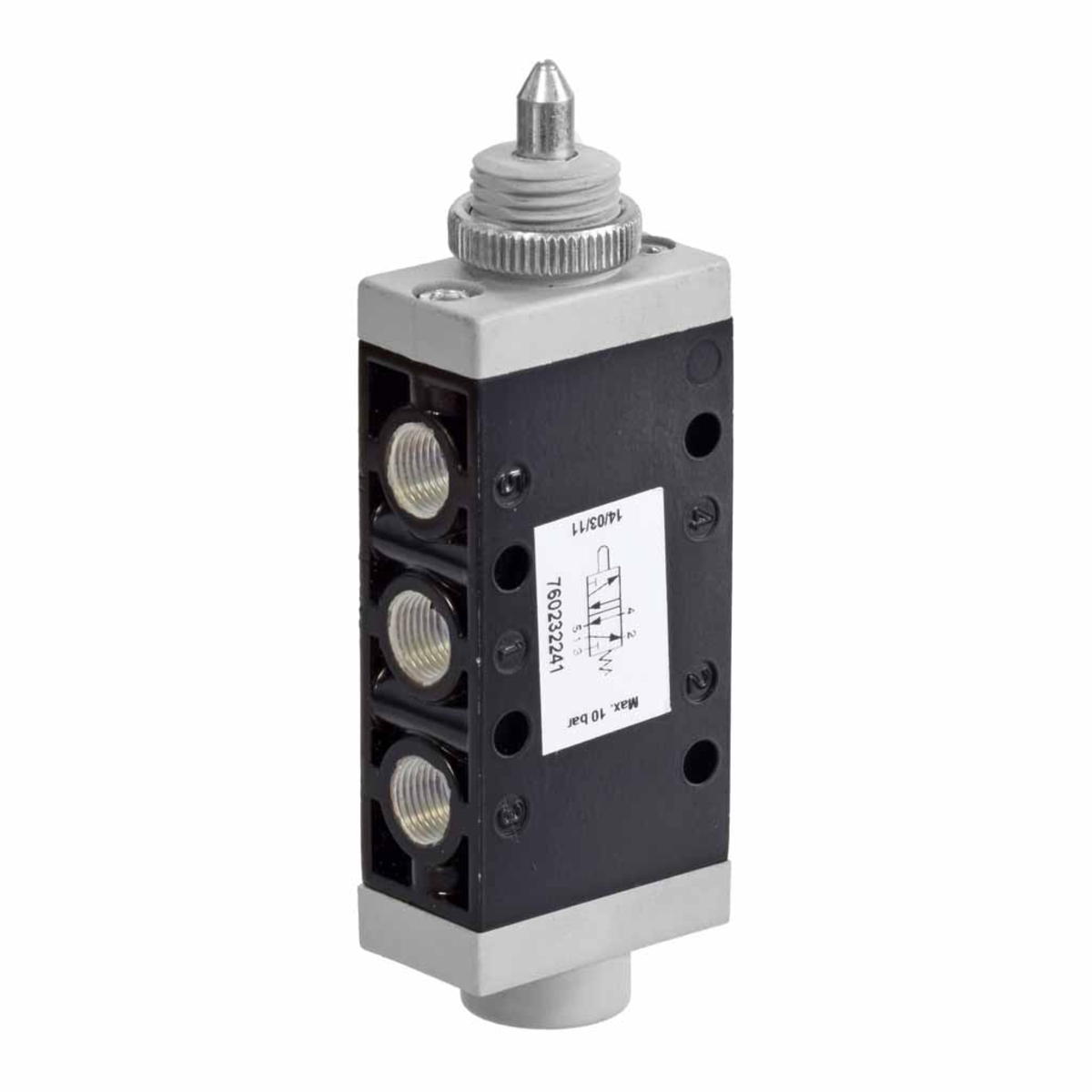

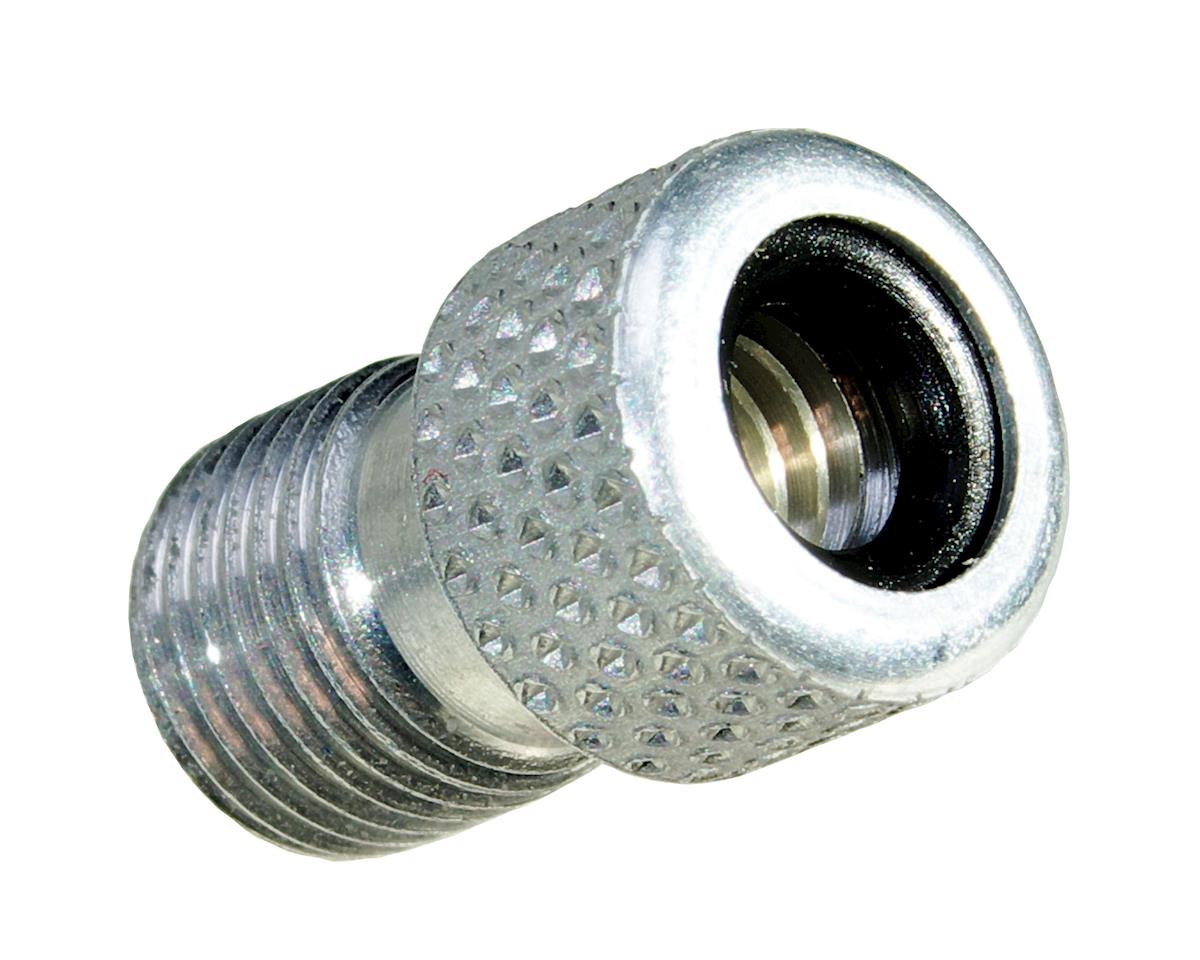
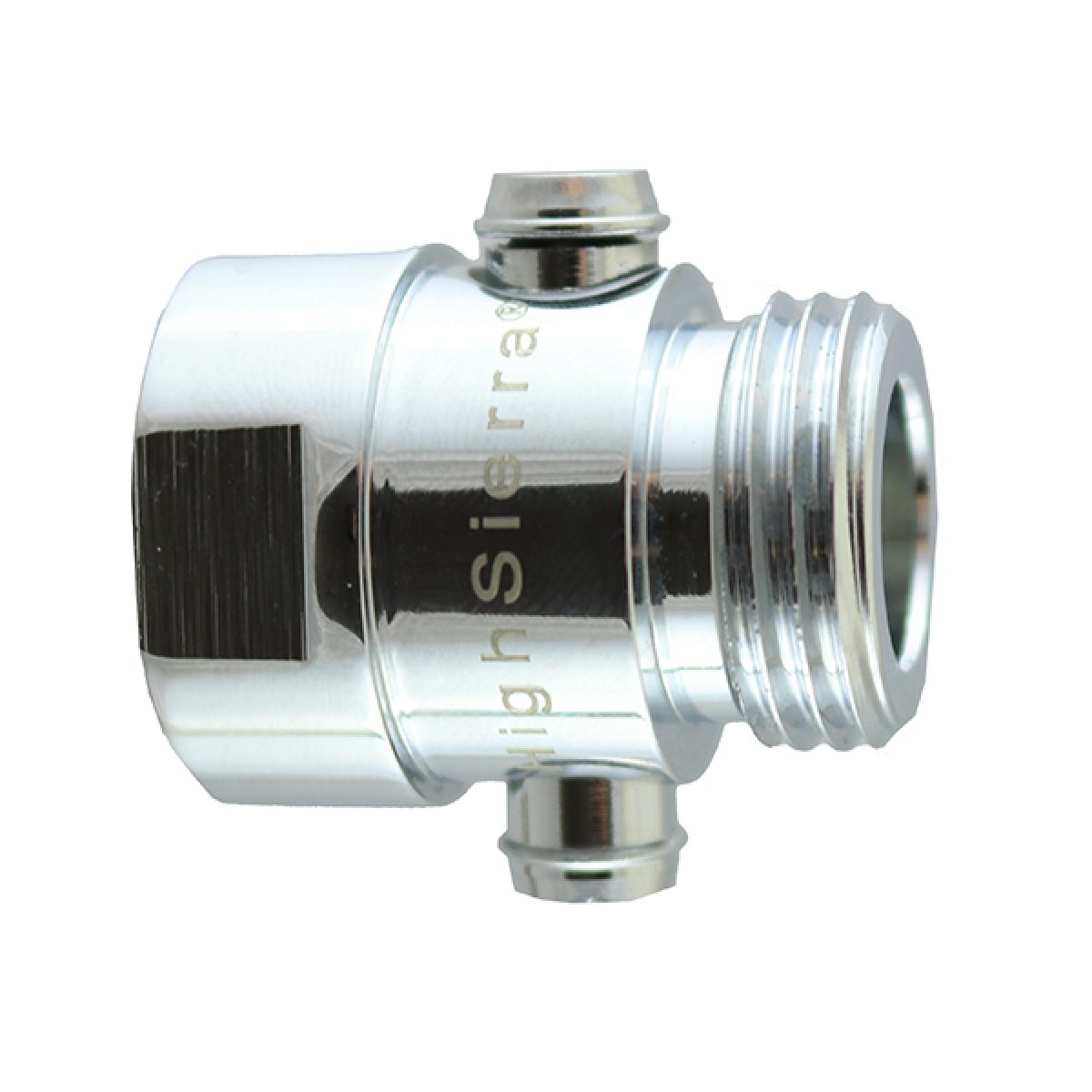

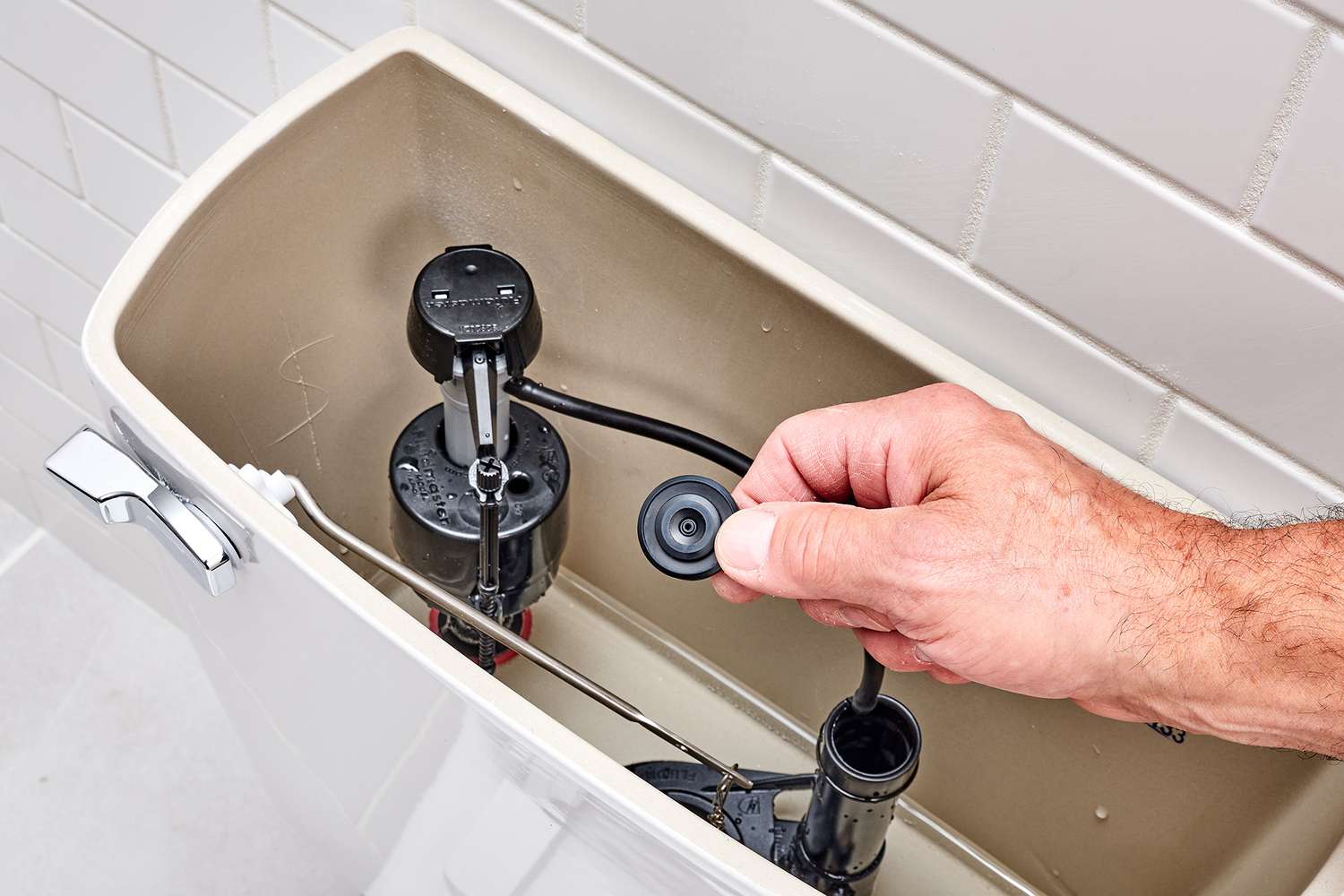
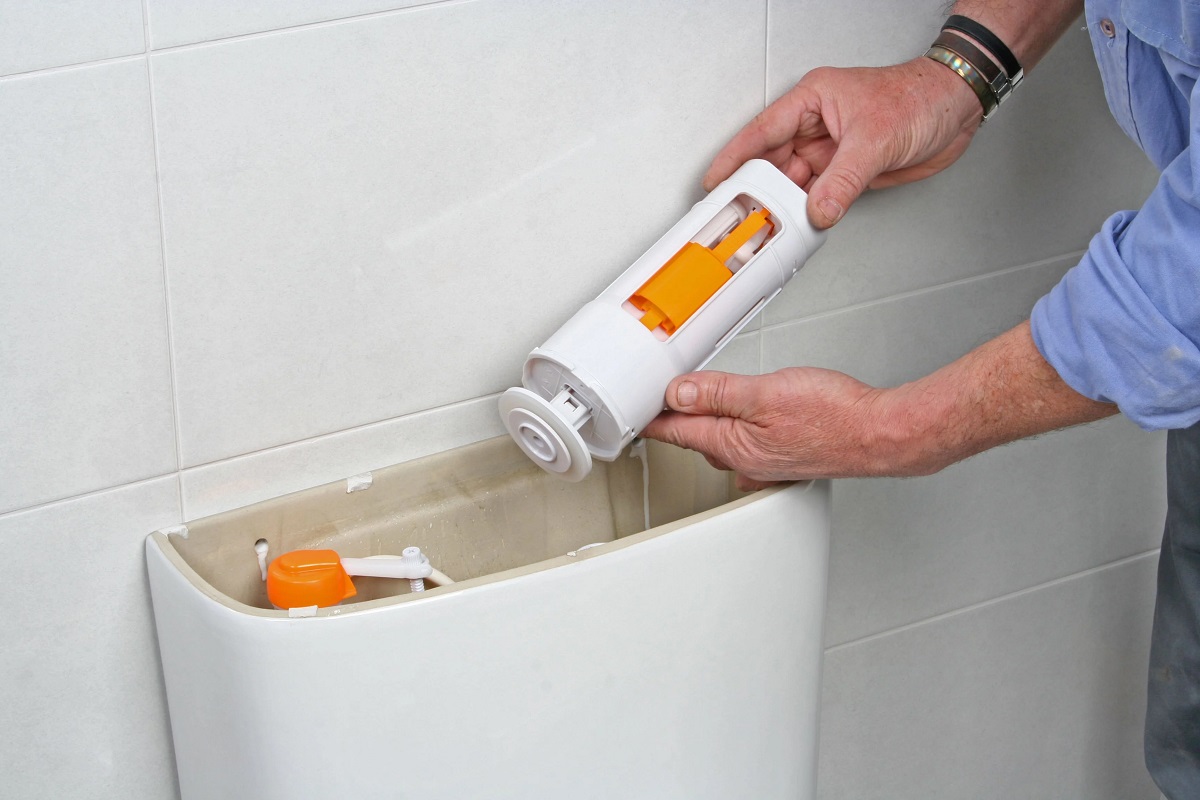
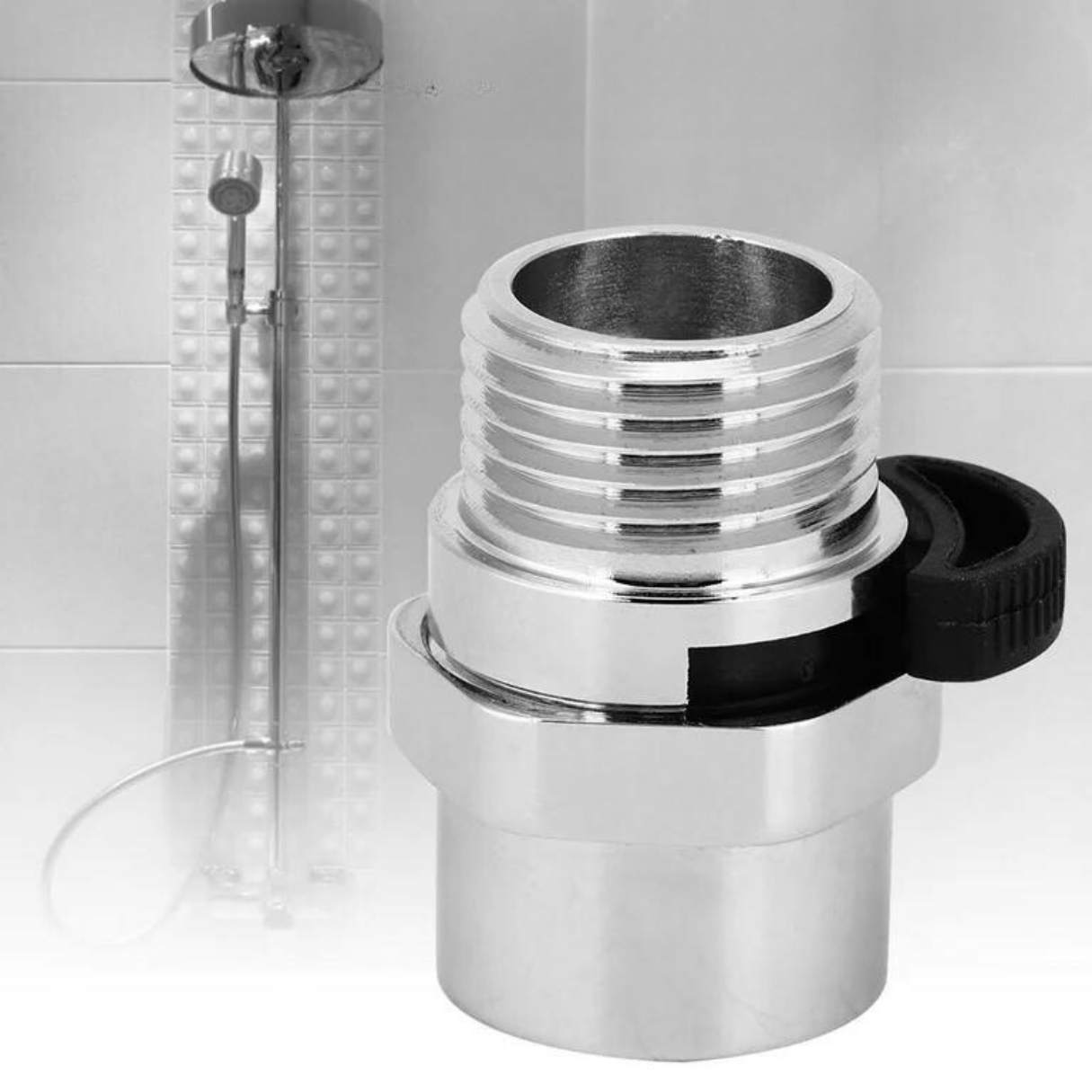
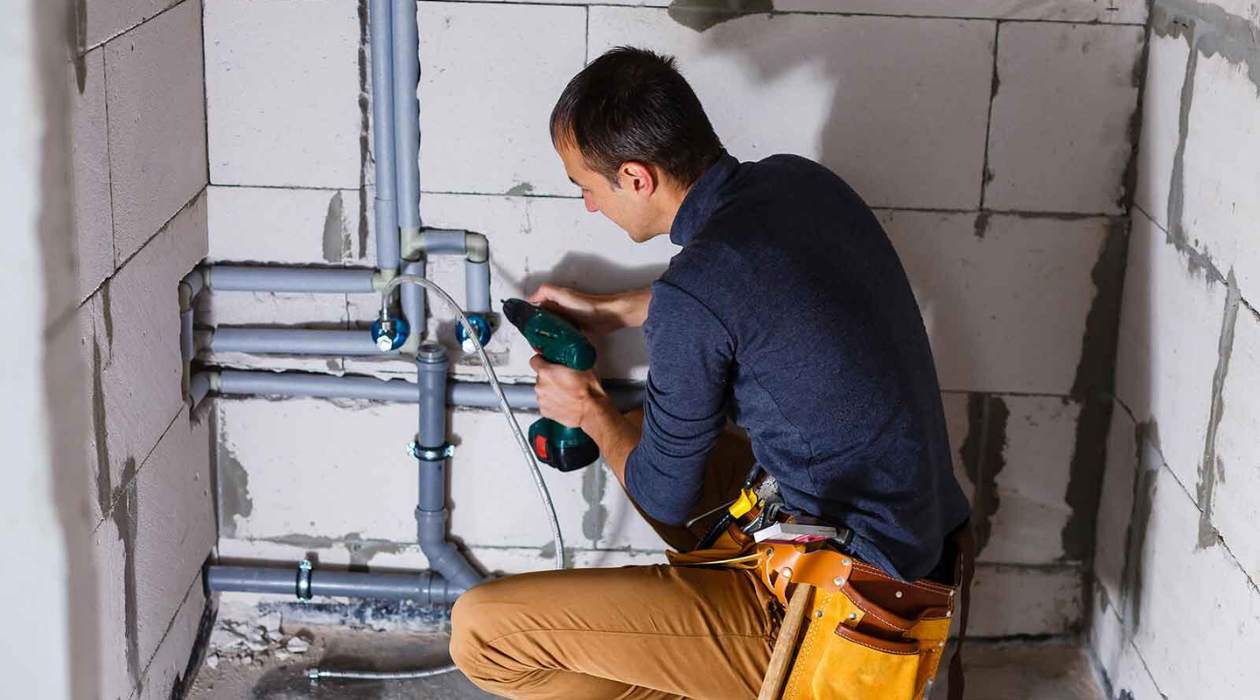


0 thoughts on “What Is A Ball Valve In Plumbing”